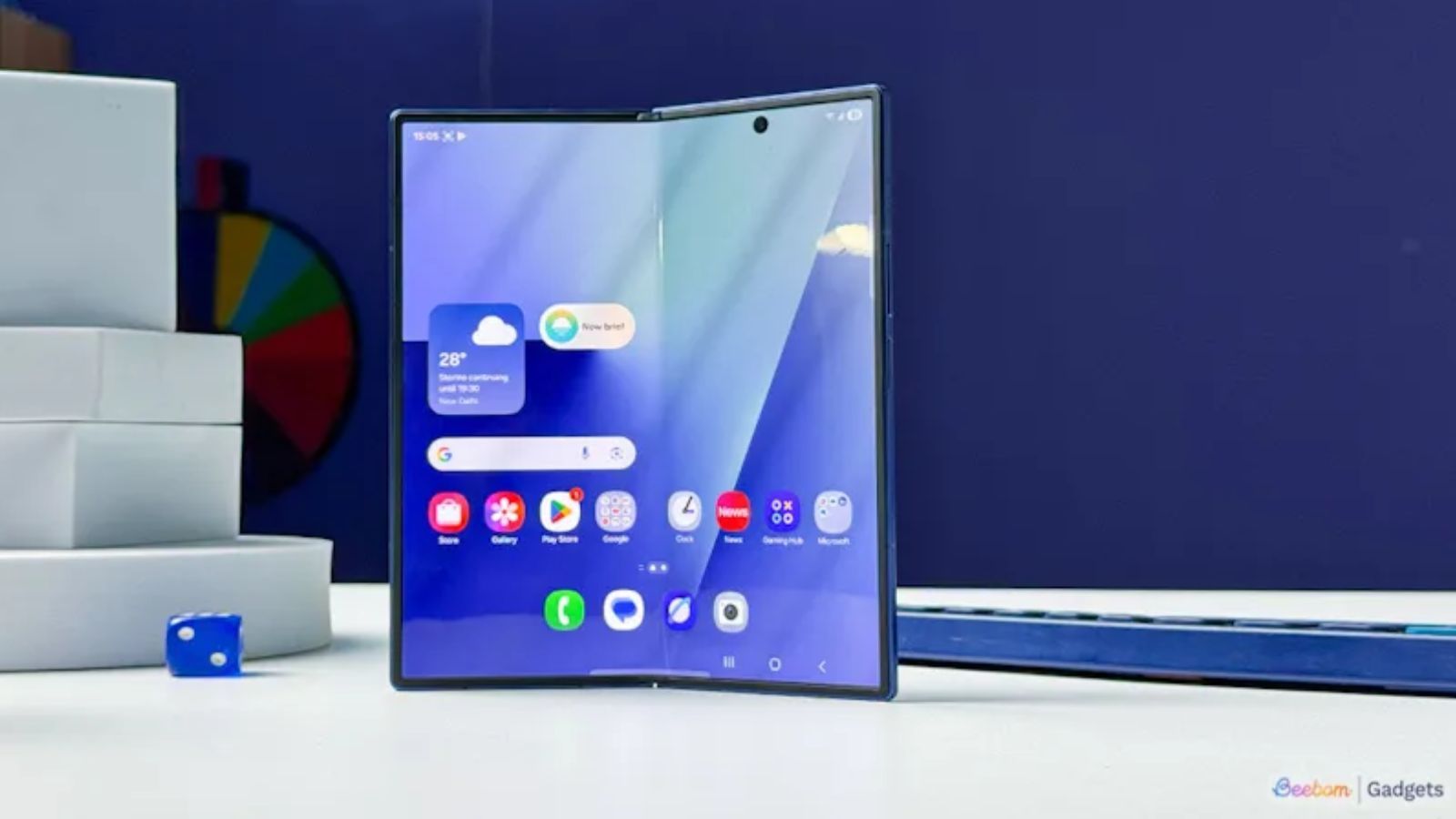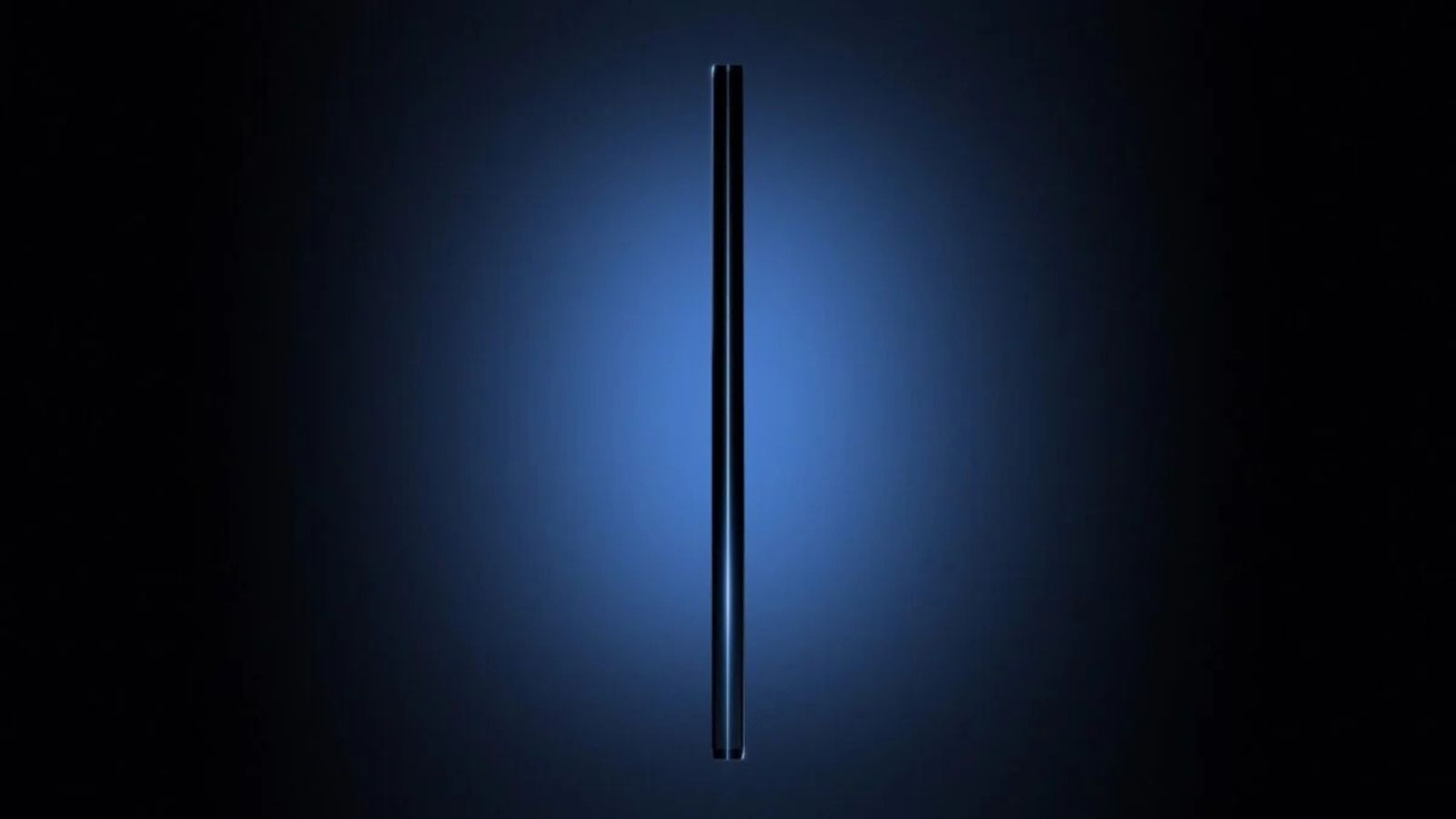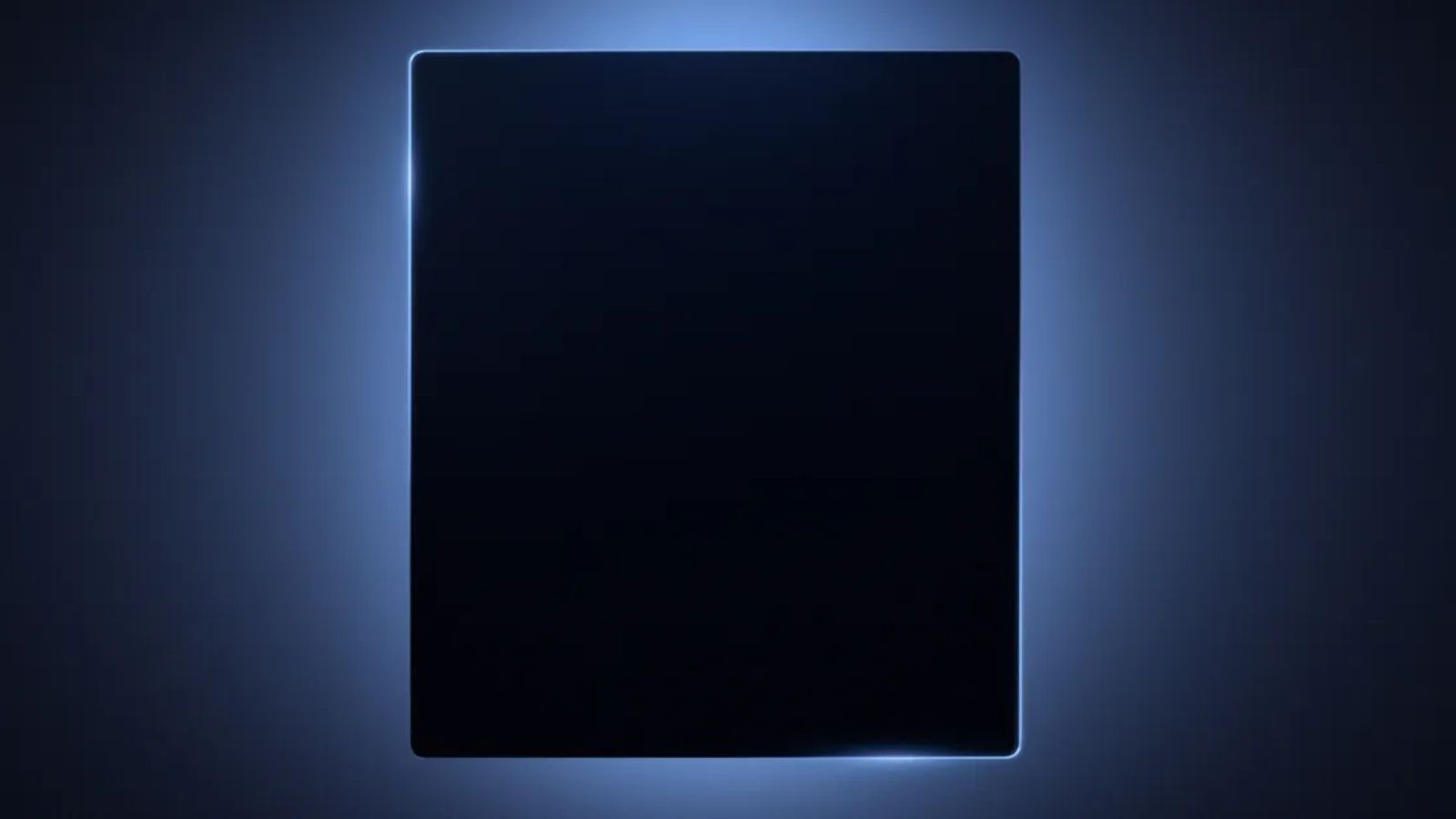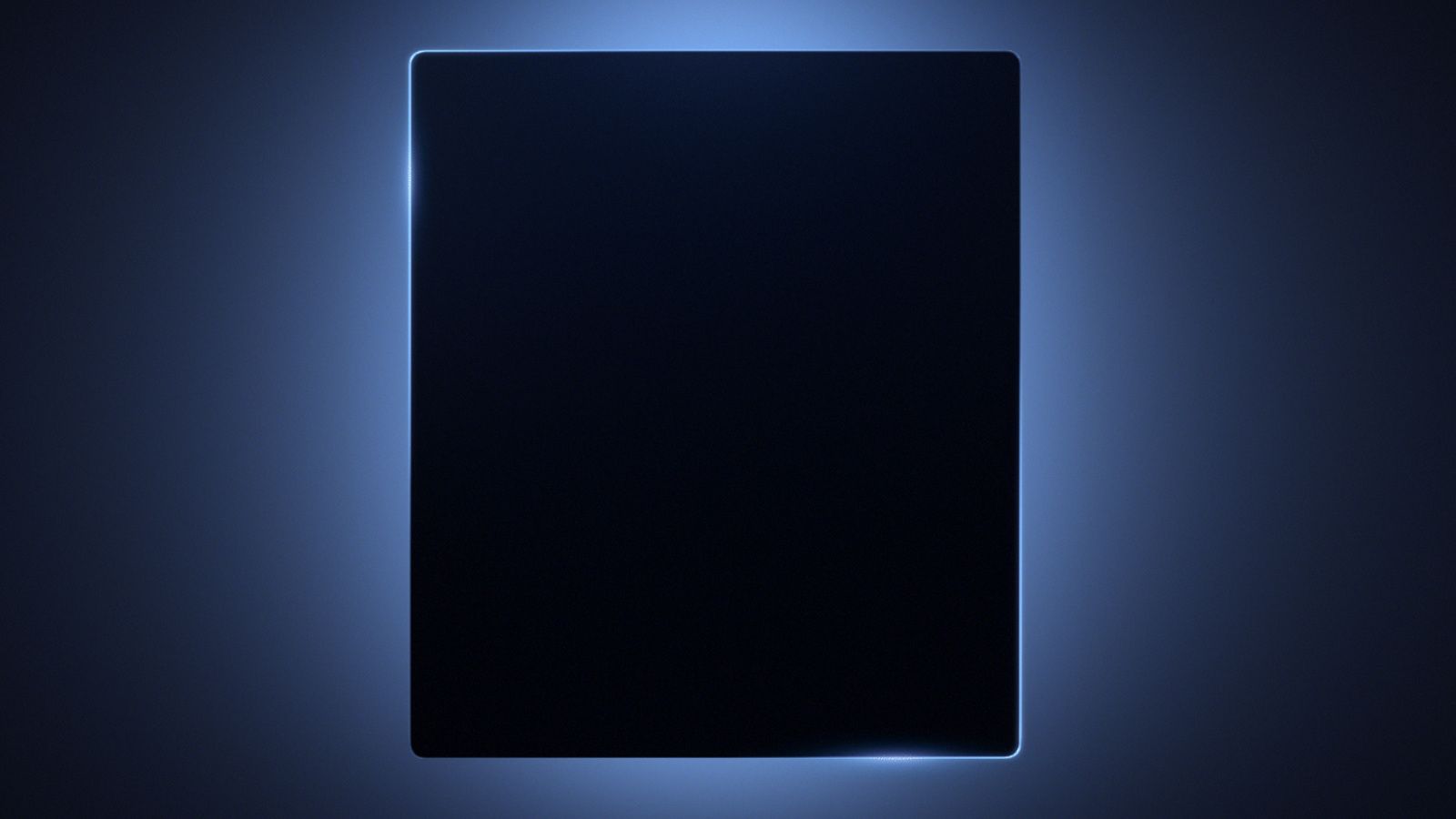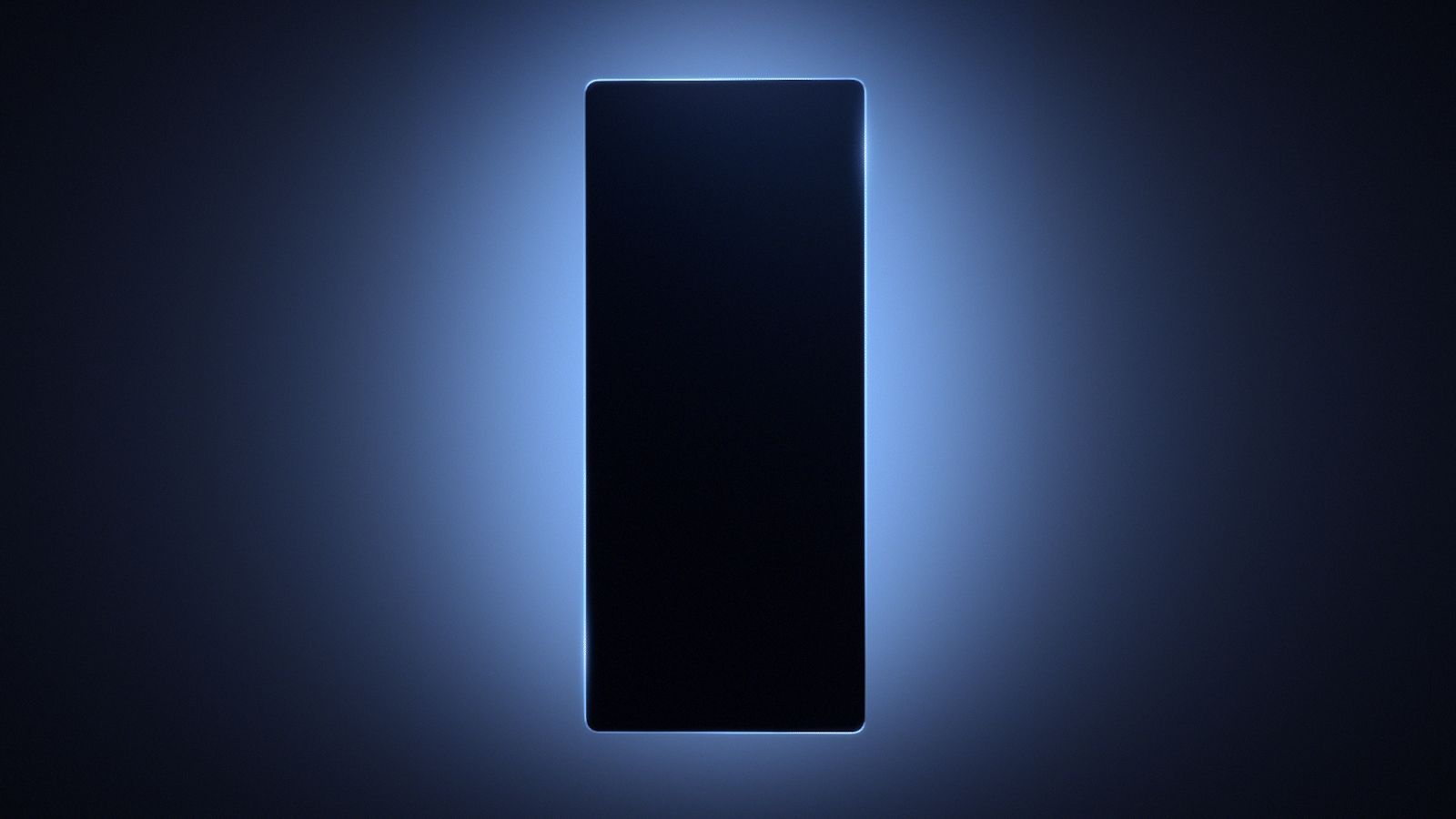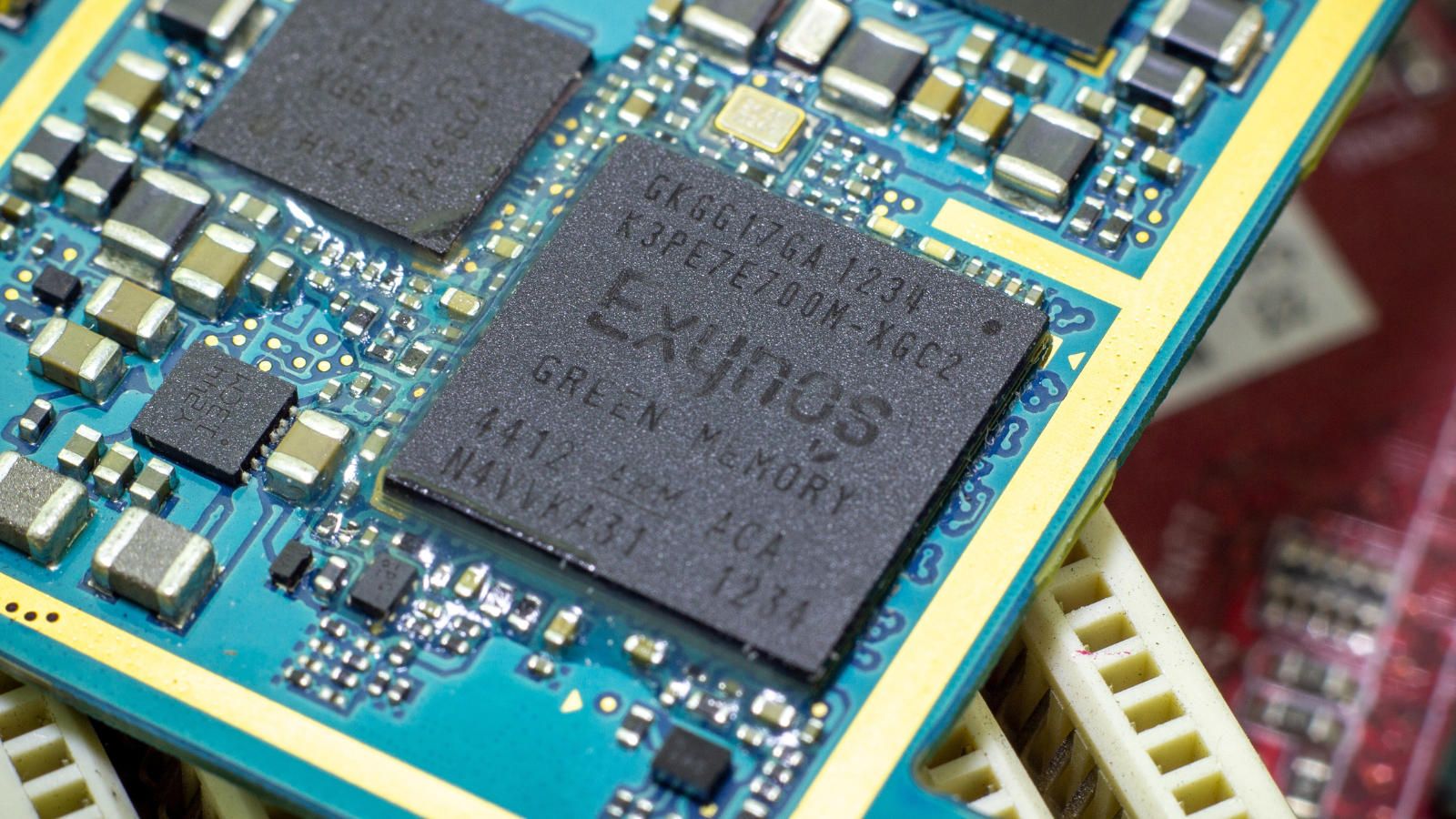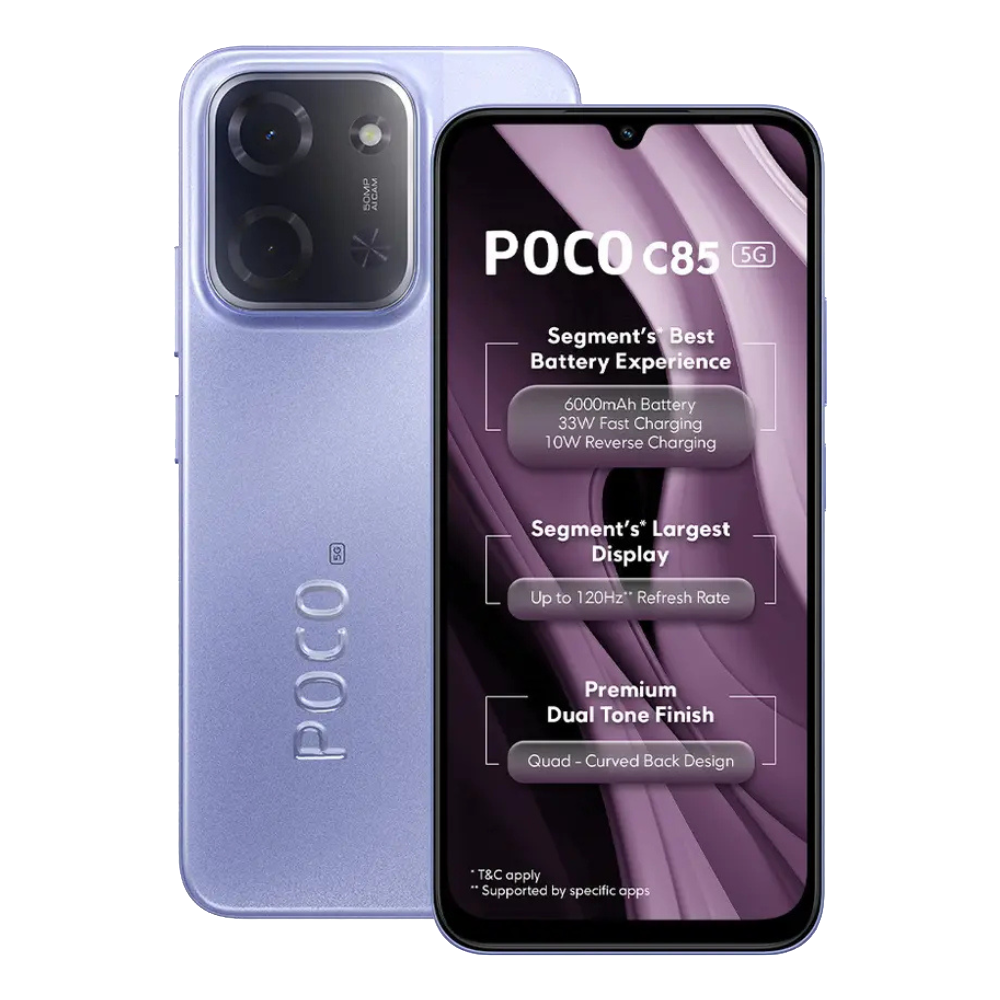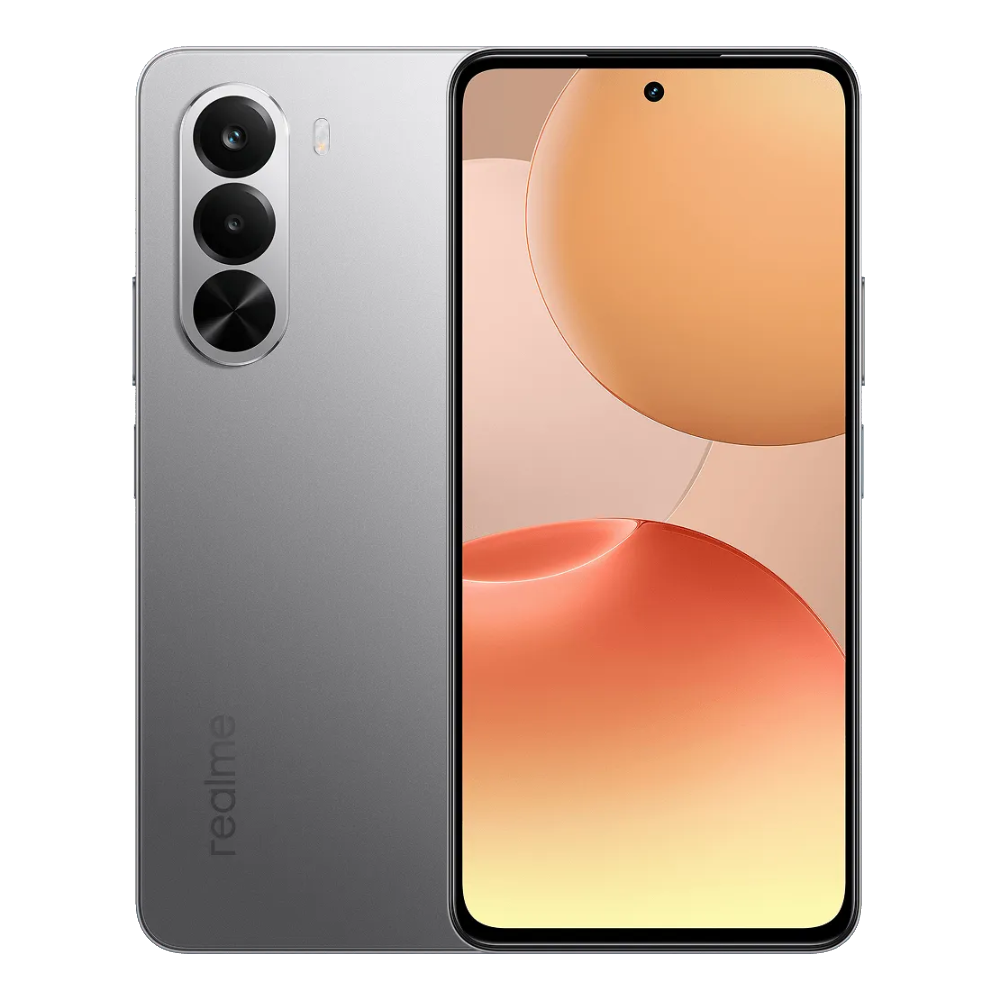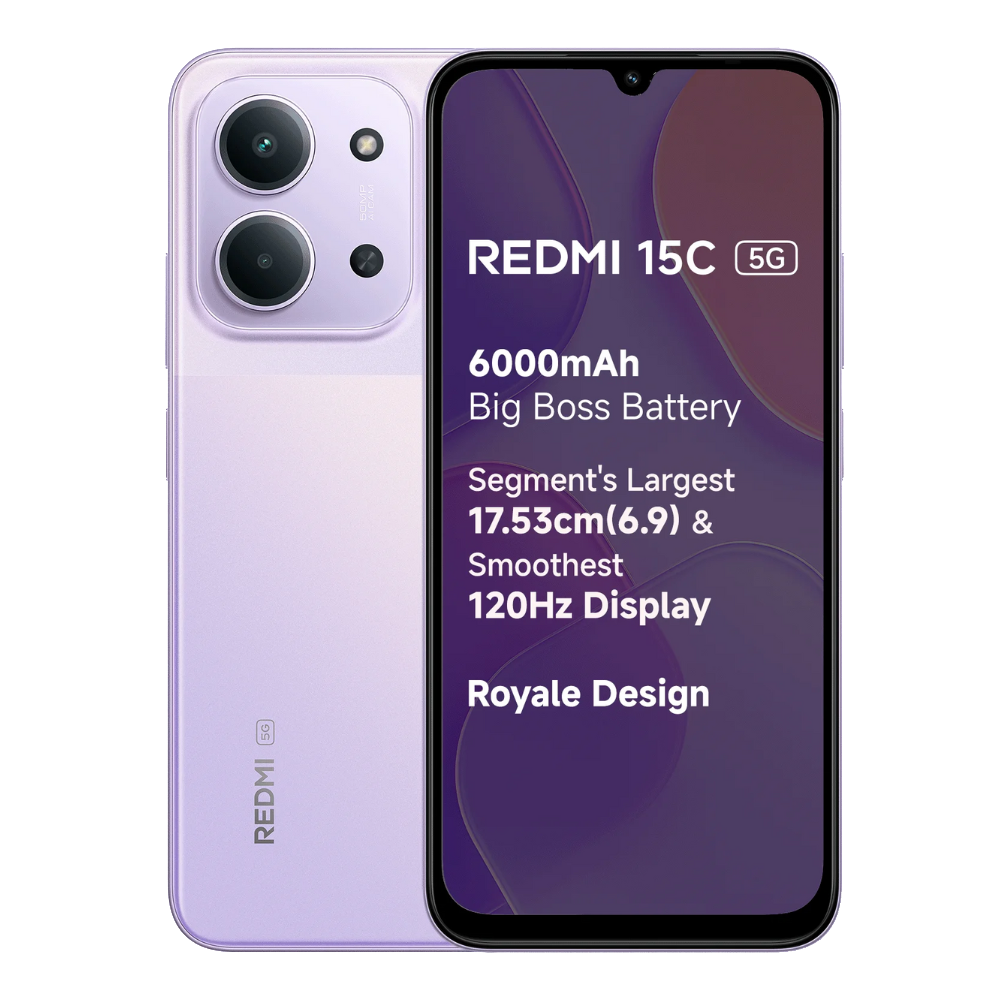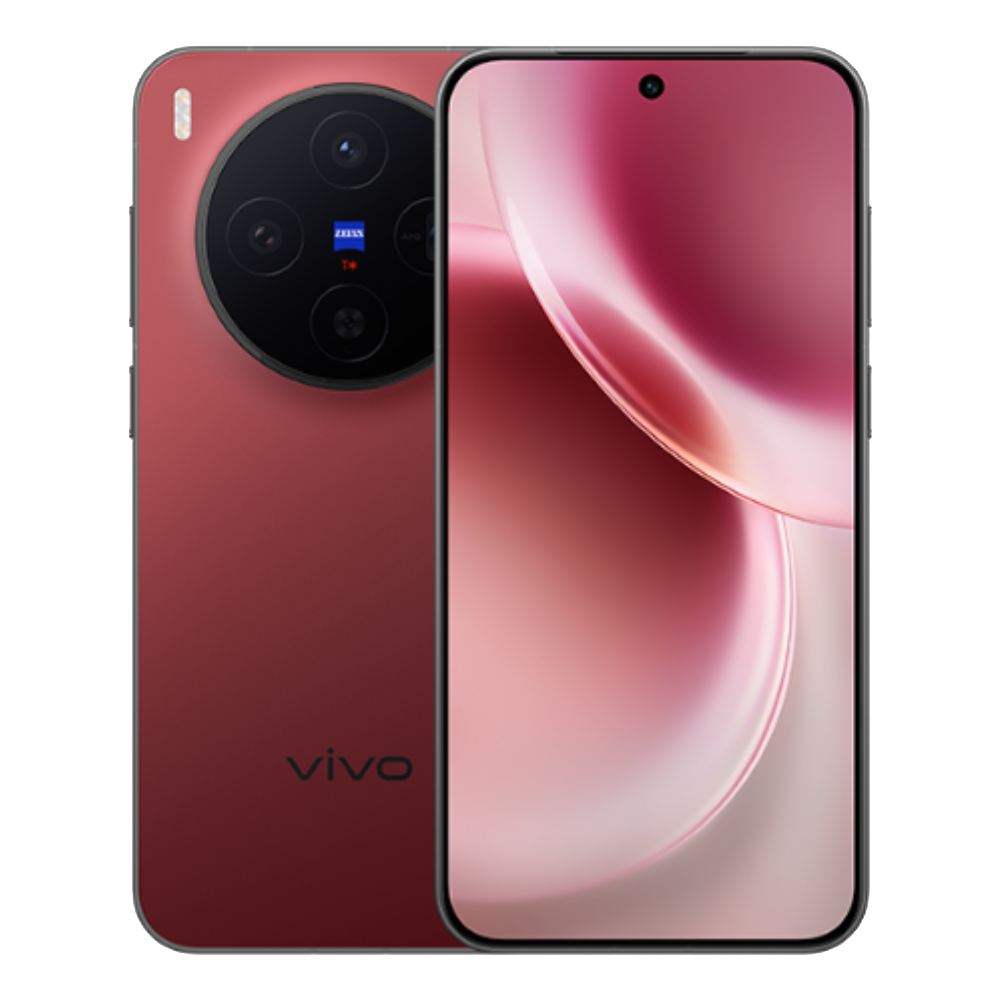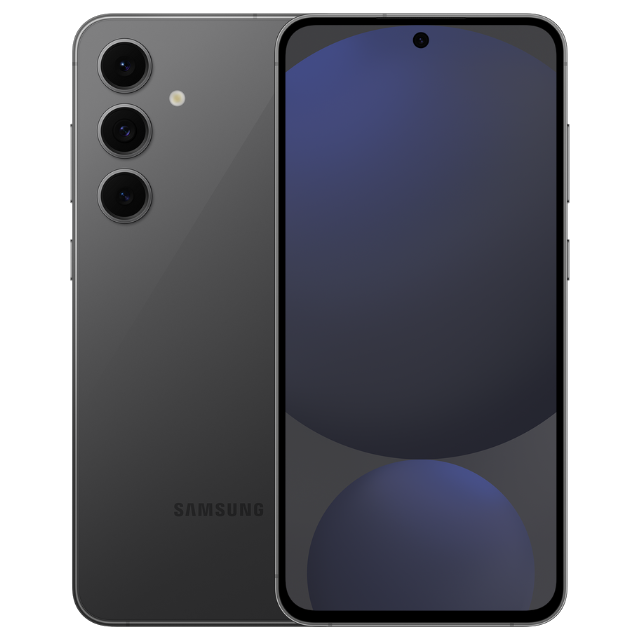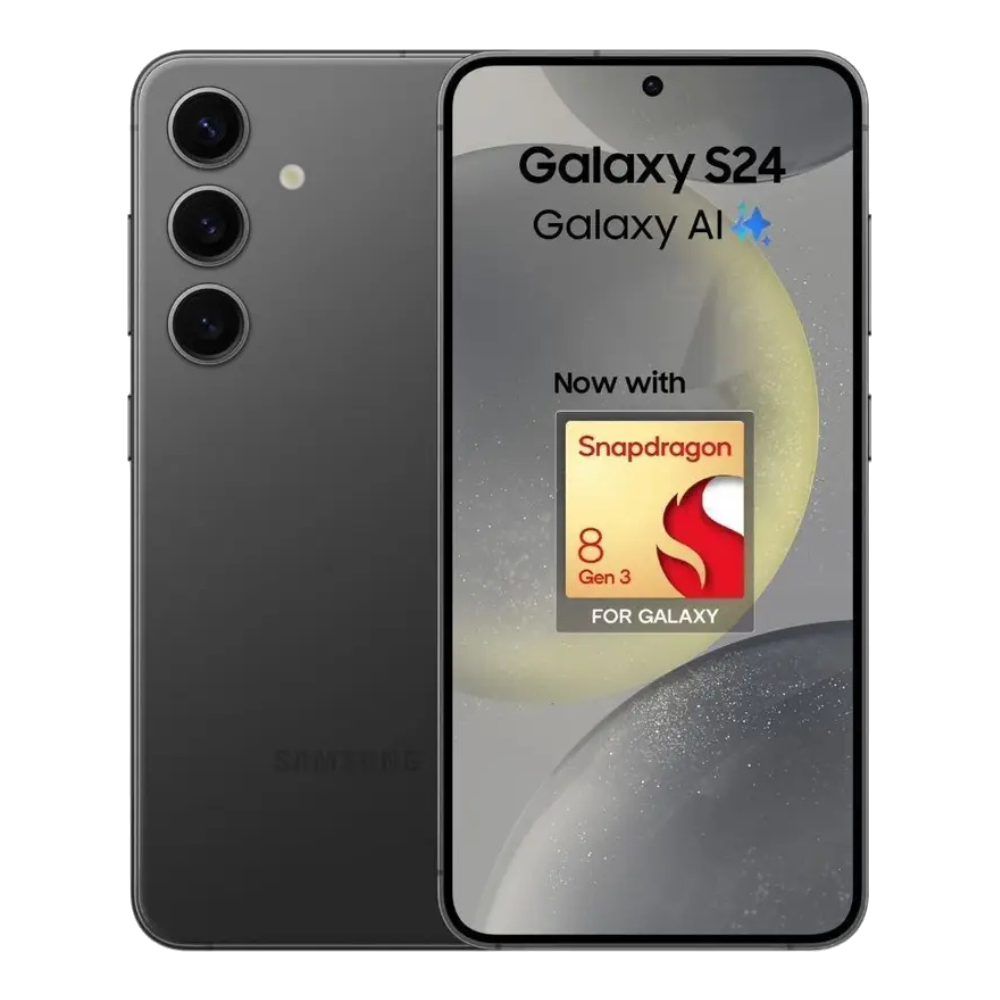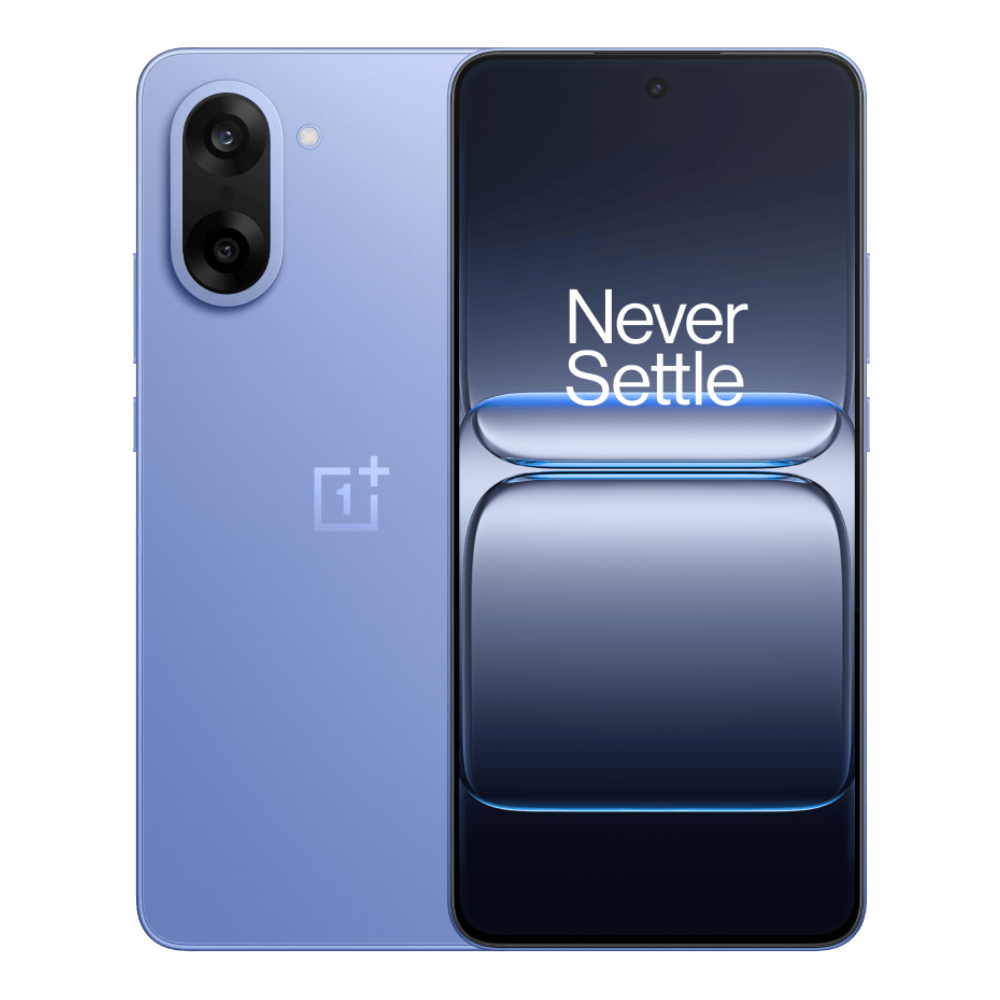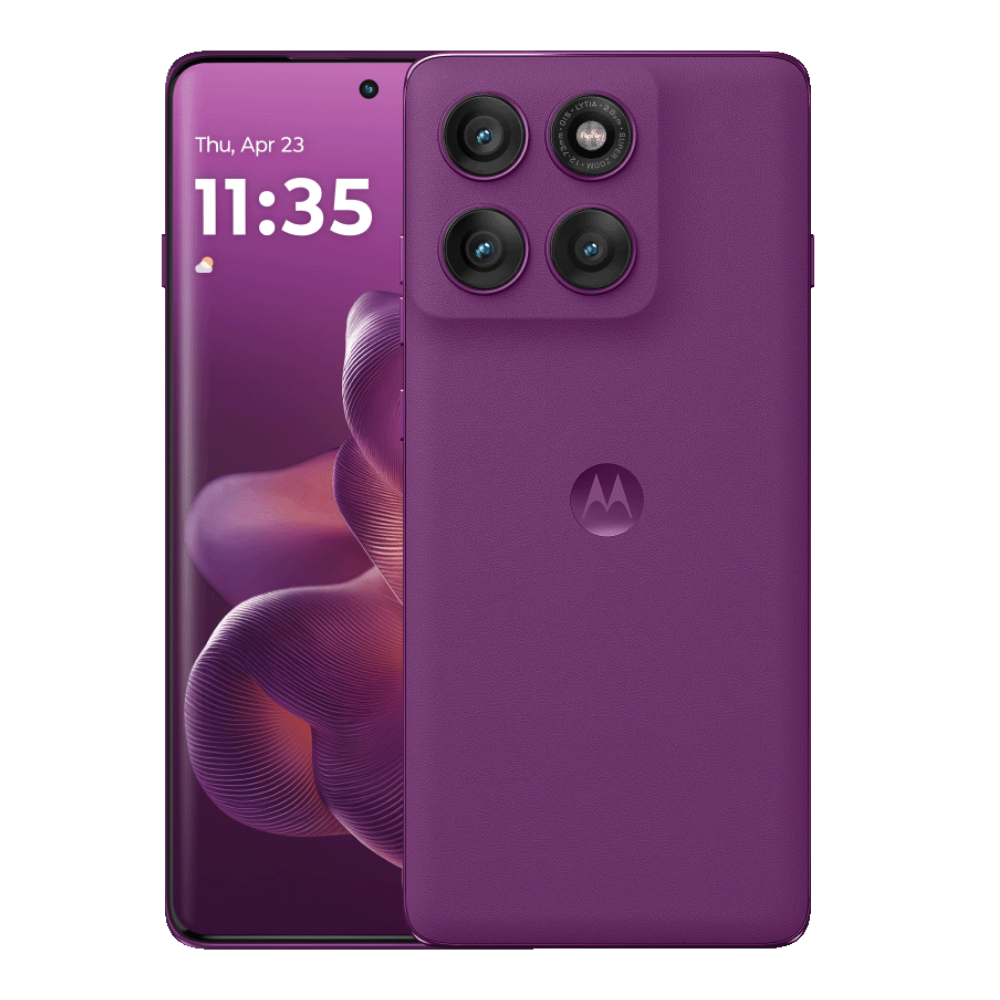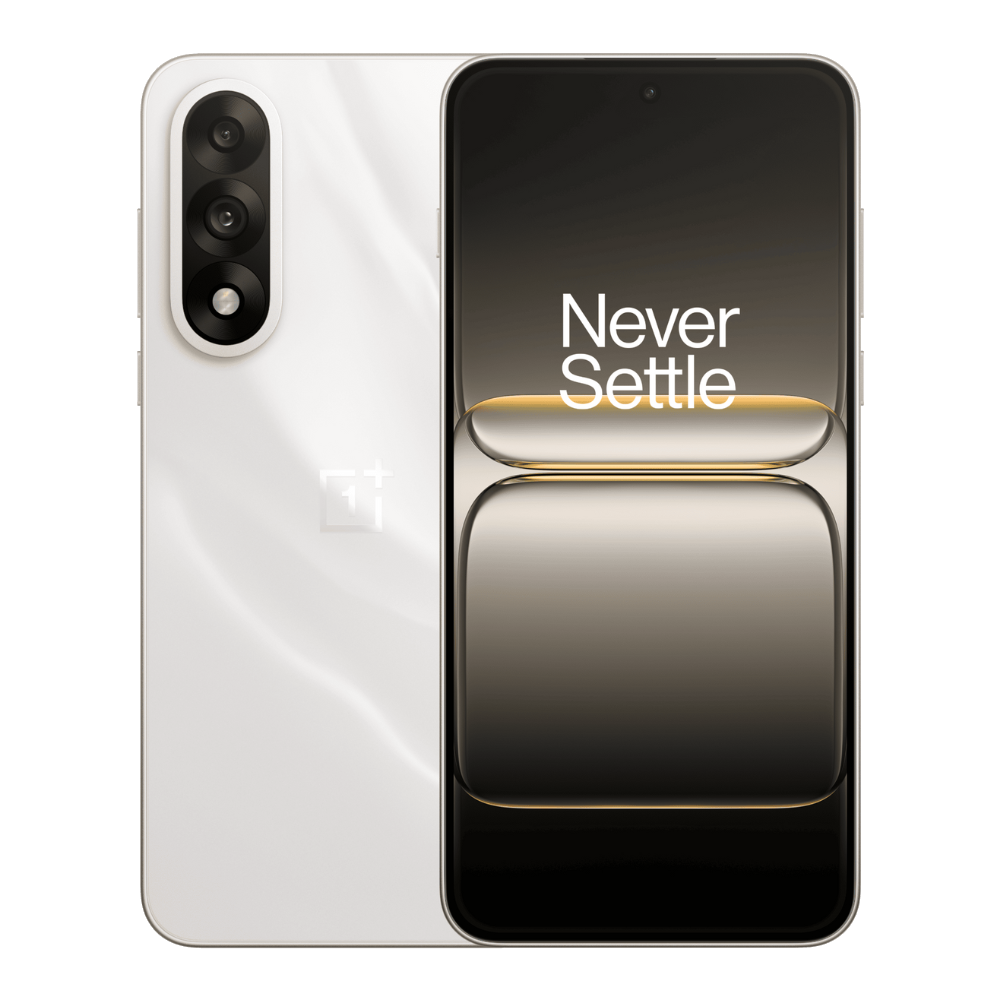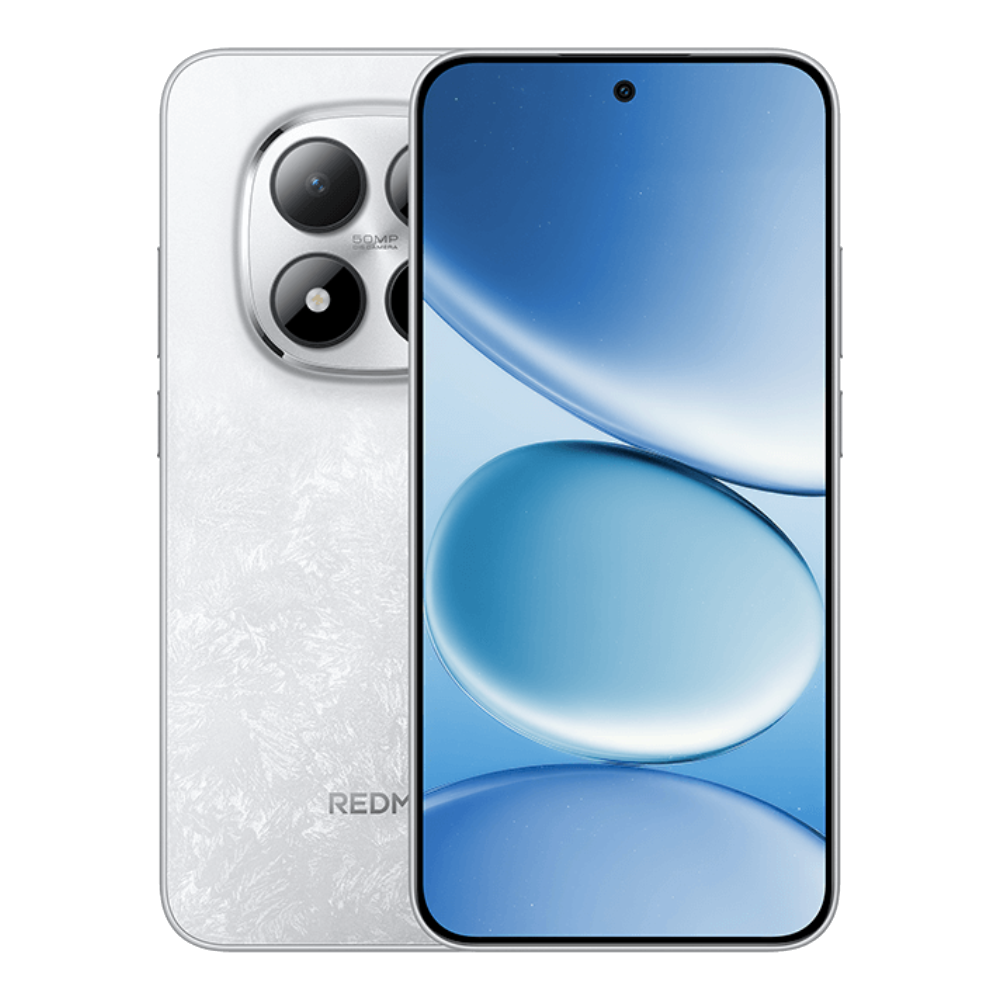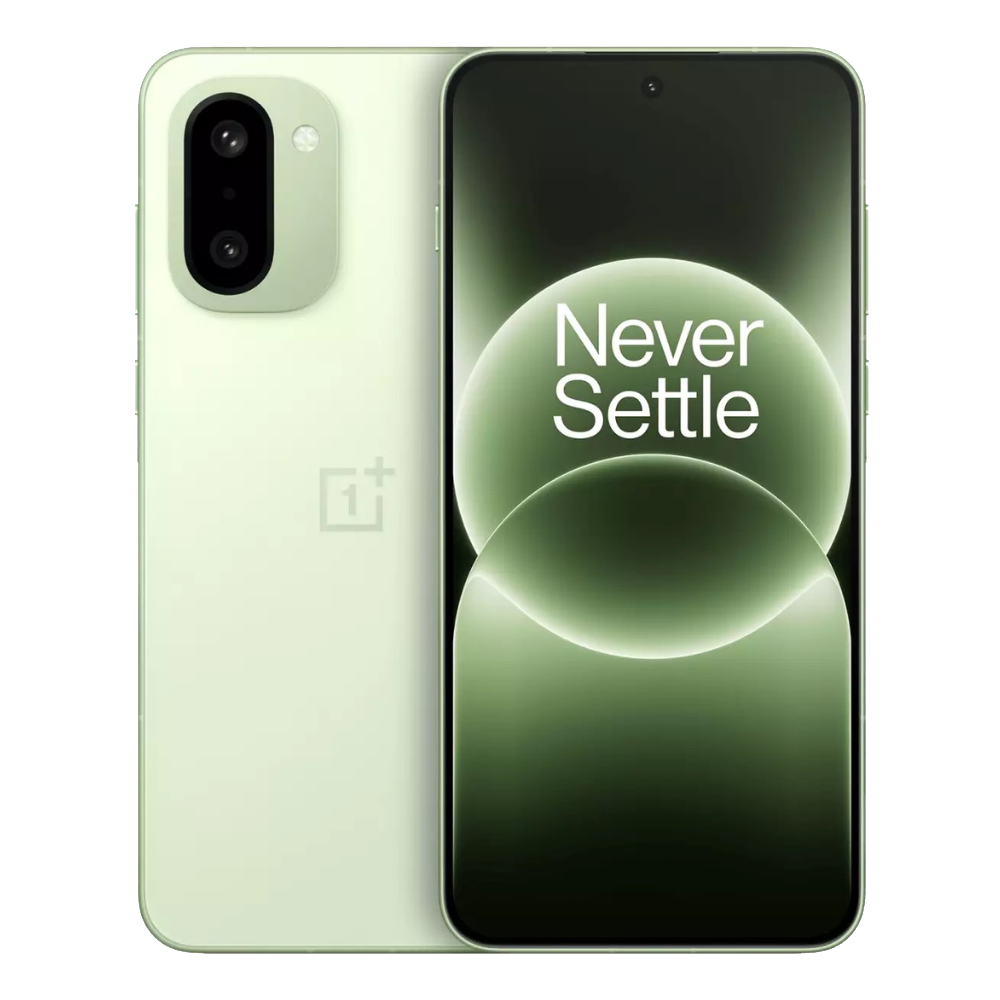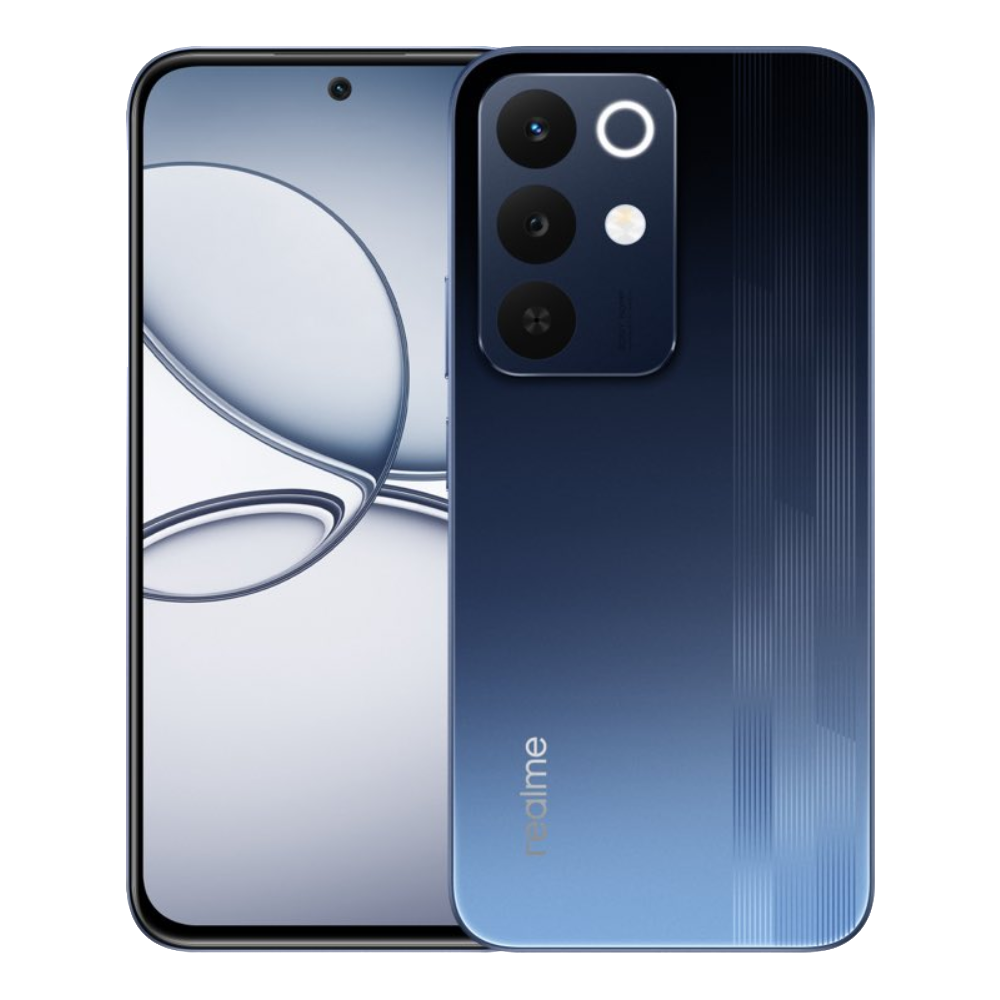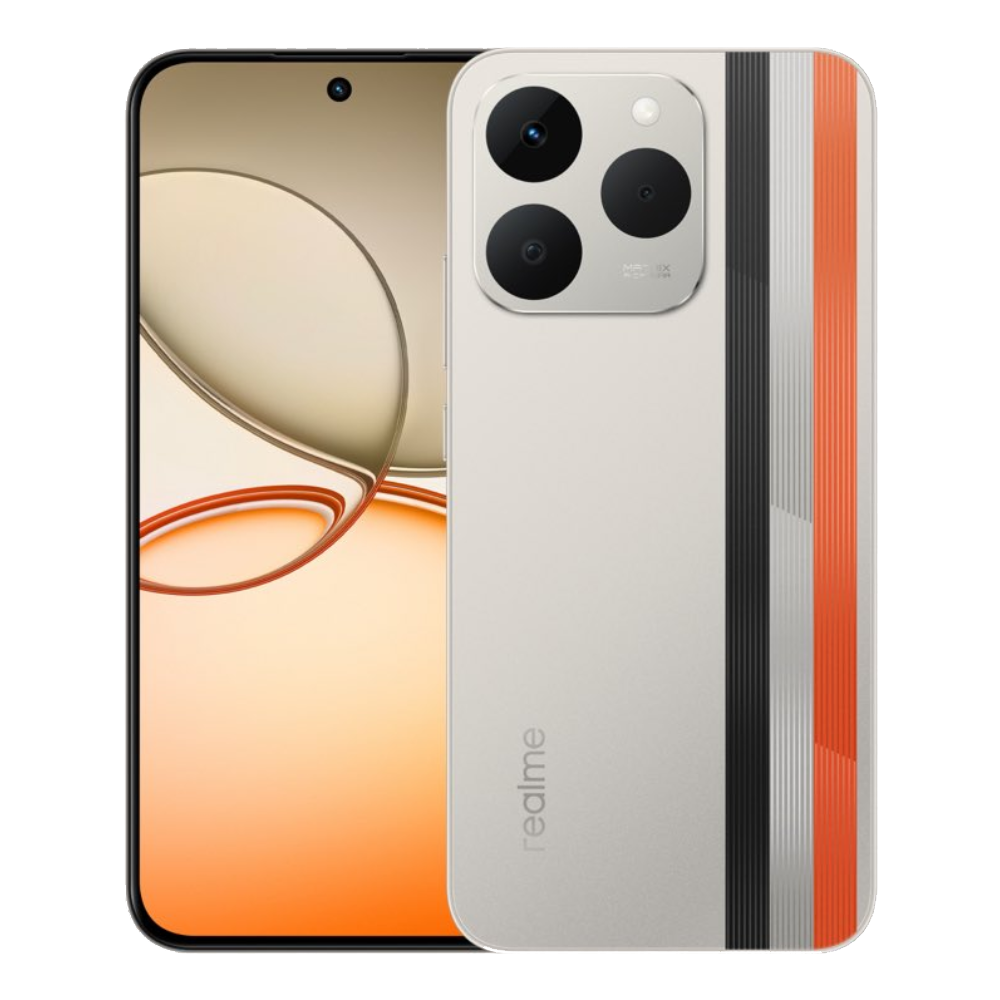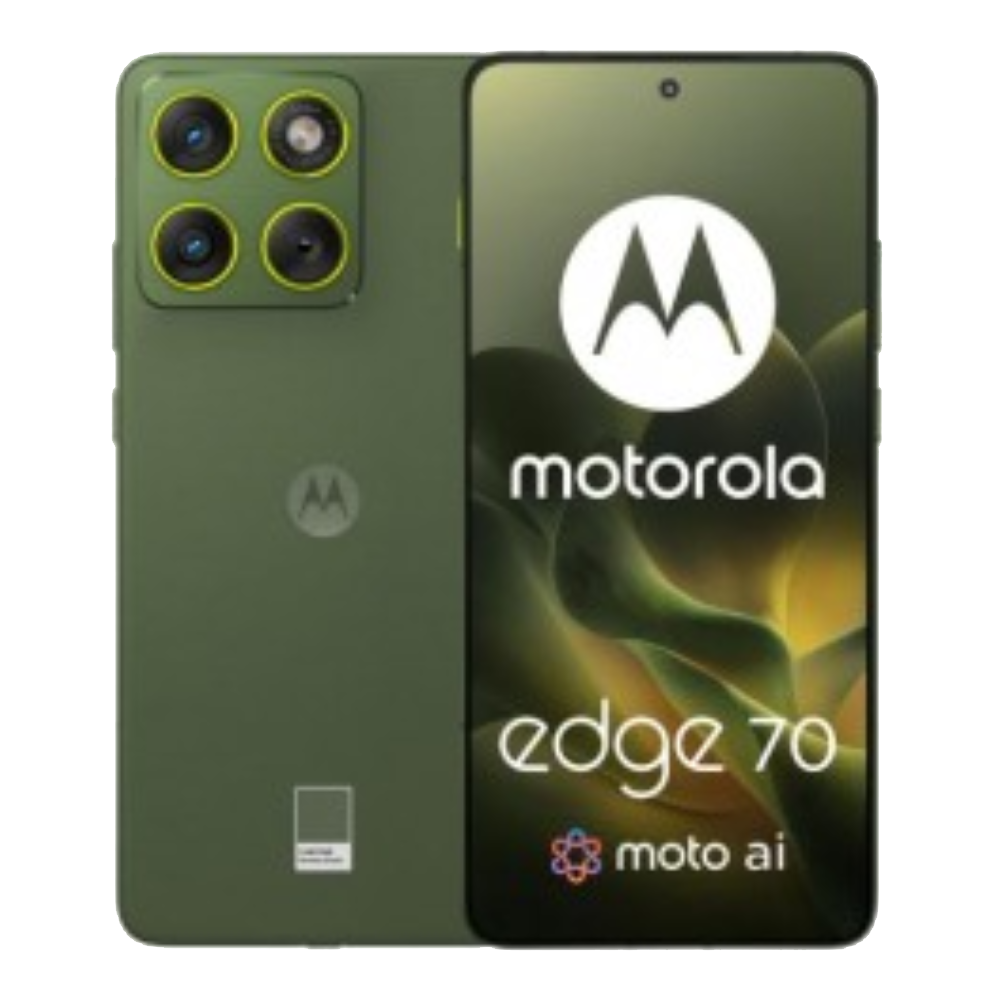Folding smartphones have managed to exist and evolve for the past seven years. From the first-ever Samsung Galaxy Fold to the all new triple-folding Huawei Mate XTs Ultimate Design, we now have a bunch of options to choose from. However, all of them are far from being "flawless". That is exactly what Samsung is looking to change with its new display technology.
Samsung's self-healing display tech sounds sci-fi, but it's not
Samsung has recently filed a new display patent with the United States Patent and Trademark Office. The dossier with the filing number US 12,437,686 B2 has revealed a folding display panel which can self-repair itself. This new form of display will incorporate an advanced Crack Detection Wiring system, which will help restore and repair micro-stresses on the folding panel.
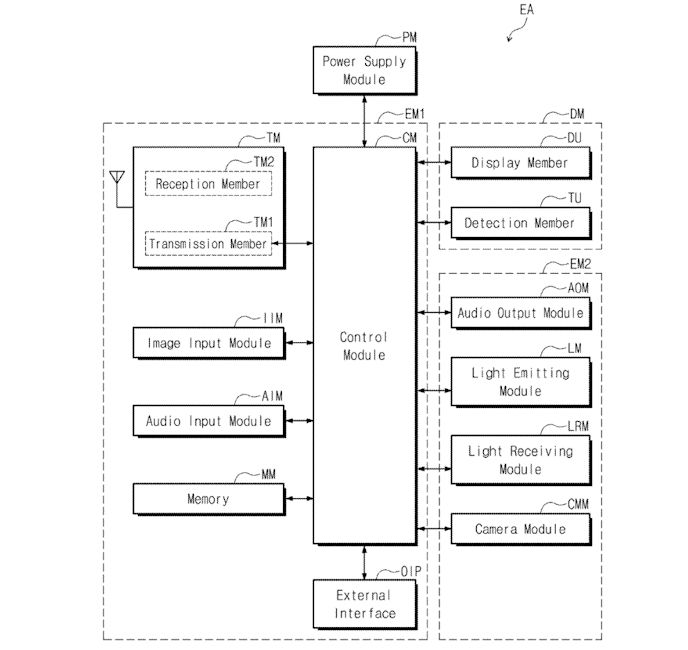
While this is an impressive feat of engineering, the big question is in this tech's relevance. Today's foldable phones have sort of figured the hinge durability situation out. However, there is also a silent culprit which is not widely known.
Smartphone manufacturers have to add an intentional flaw within the folding display to accommodate components like the selfie camera and the underlying sensors. This eventually creates a big hotspot for micro-cracks and moisture damage. Now, the folding display is already quite thin and fragile. Hence, these engineering trade-offs leave them even more vulnerable and weak.
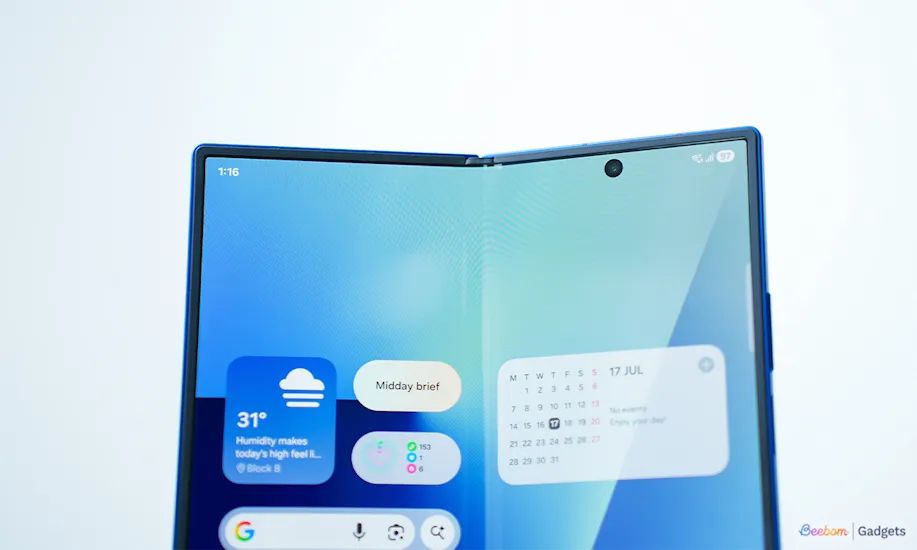
While these imperfections are not visible to the naked eye, they are always there. The new Samsung Galaxy Z Fold 7, the Galaxy Z Flip 7, the Vivo X Fold 5 and more all have them. So, to tackle this issue, the new self-repair capability of the patented display will use a “sensing loop” around the components' cutout to actively check the area's health.
In cases where microfractures are detected, ultra-thin wires will activate a unique defence protocol using specialised “dummy metal patterns” to repair the damage. This will form the core working mechanics of this new self-healing display tech.
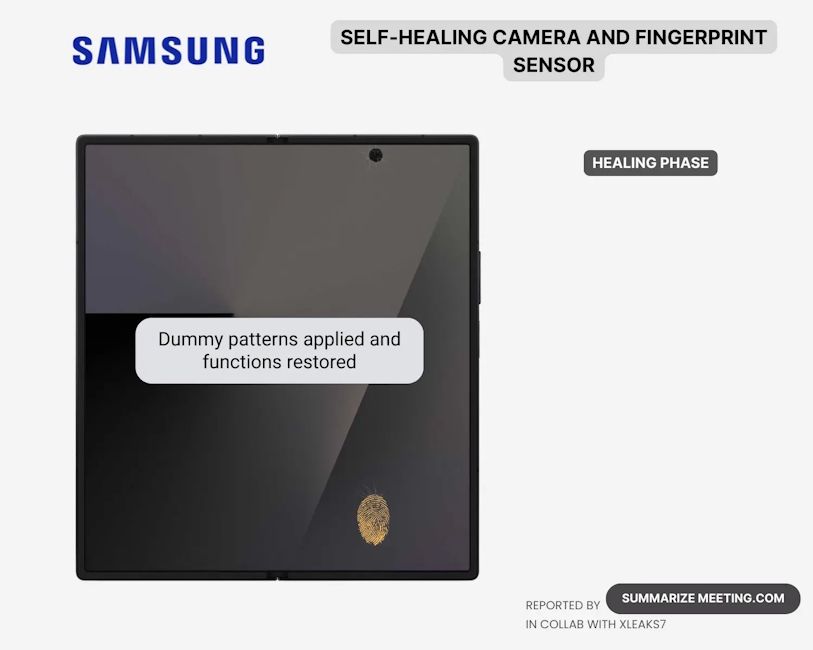
Image Credit: Summarize Meeting
Additionally, the patent has also revealed a new form of grooves and sealants which will be used to reinforce the Ultra Thin Glass (UTG) opening to prevent moisture buildup and Oxygen reaction to the OLED panel.
This means that if this new form of tech turns true, it will pave the way for a truly durable and fool-proof foldable smartphone experience. Additionally, we could also see the first-ever folding phone with an in-display fingerprint scanner.
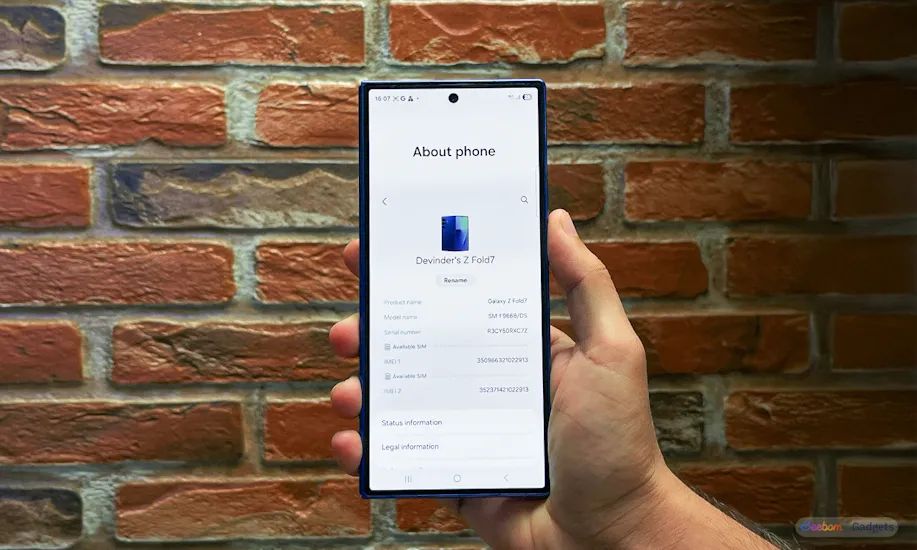
The fact that Samsung is working to deal with these micro-fractures could also indicate the brand's willingness to ditch the side-mounted fingerprint scanner from its foldable phones.
That said, there is no official word regarding the same and it is important to keep in mind that this is still a work-in-progress tech. So, at the time of writing, it is really hard to say if the 2026 Samsung Galaxy Z Fold 8 and the Galaxy Z Flip 8 will launch with self-healing properties.


